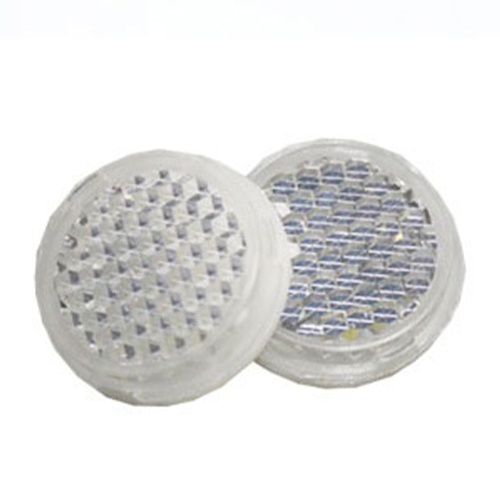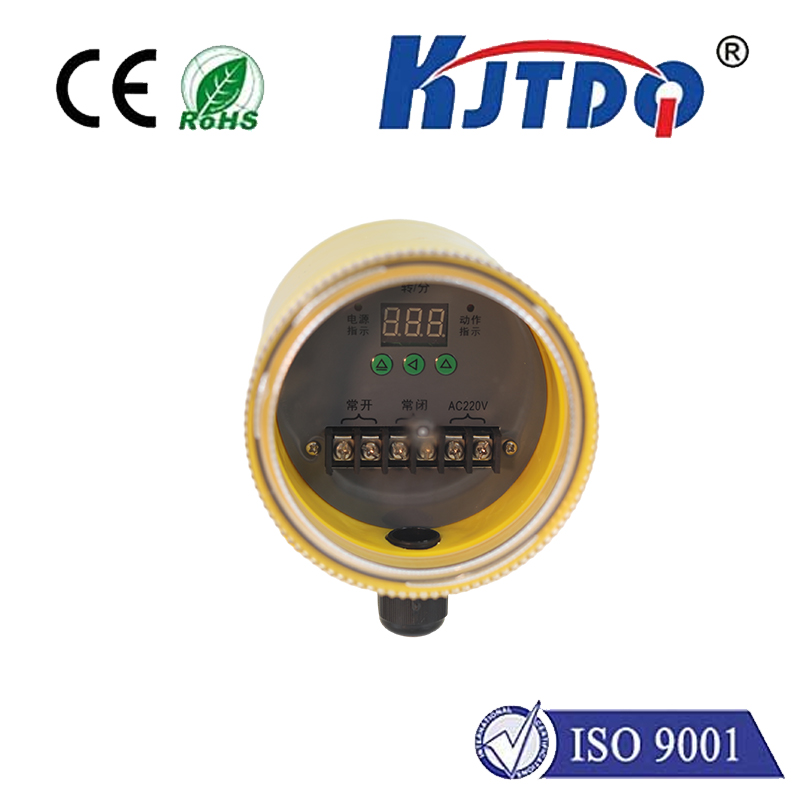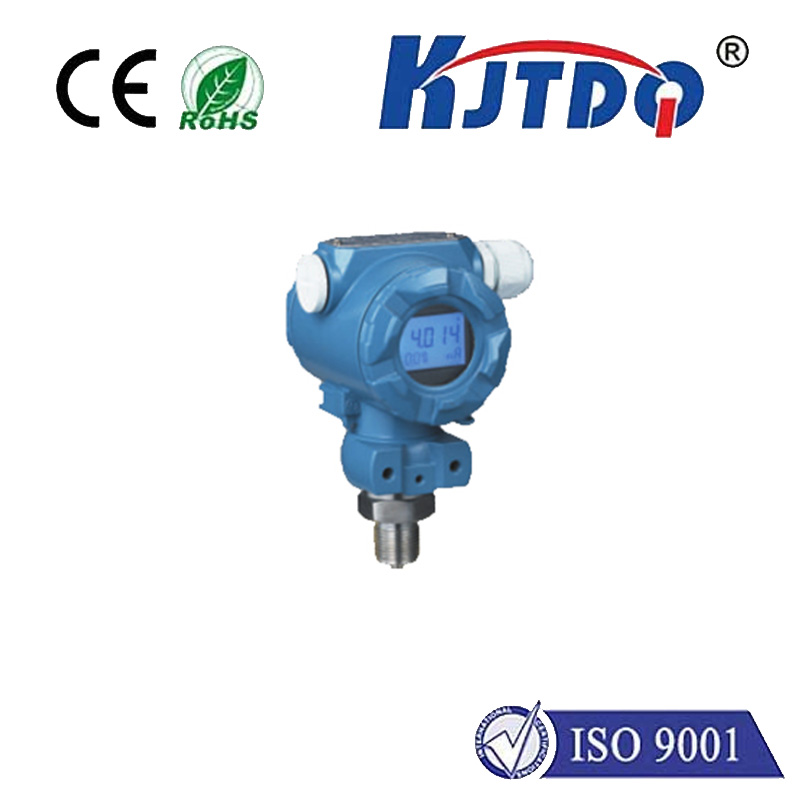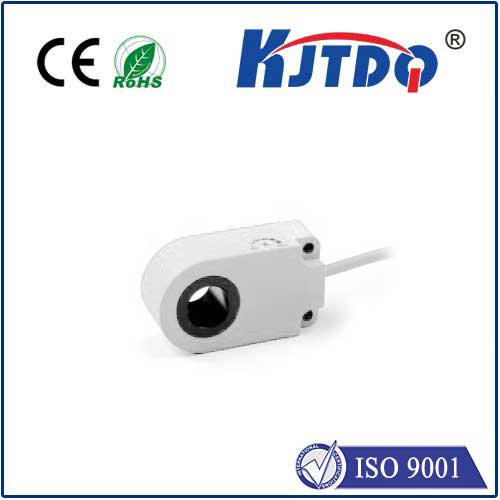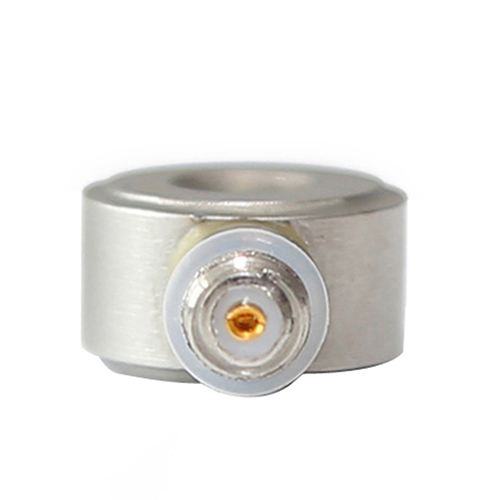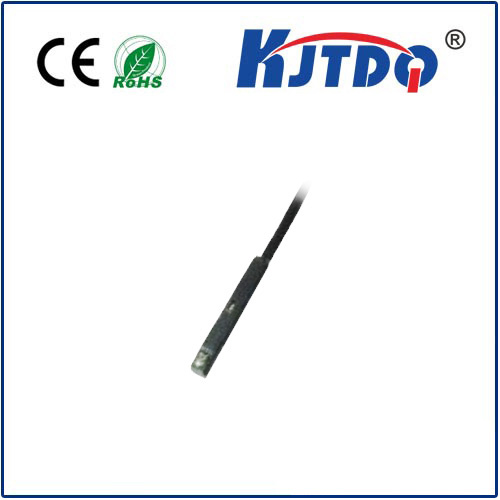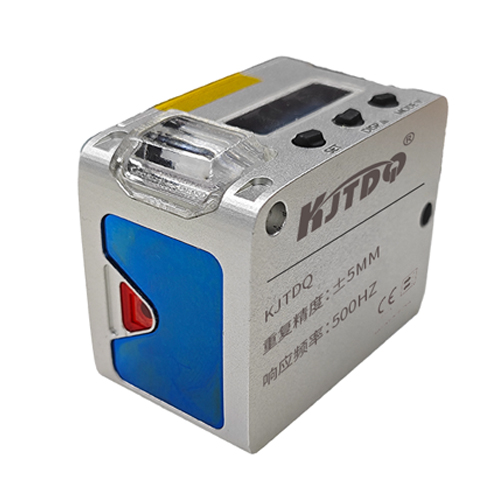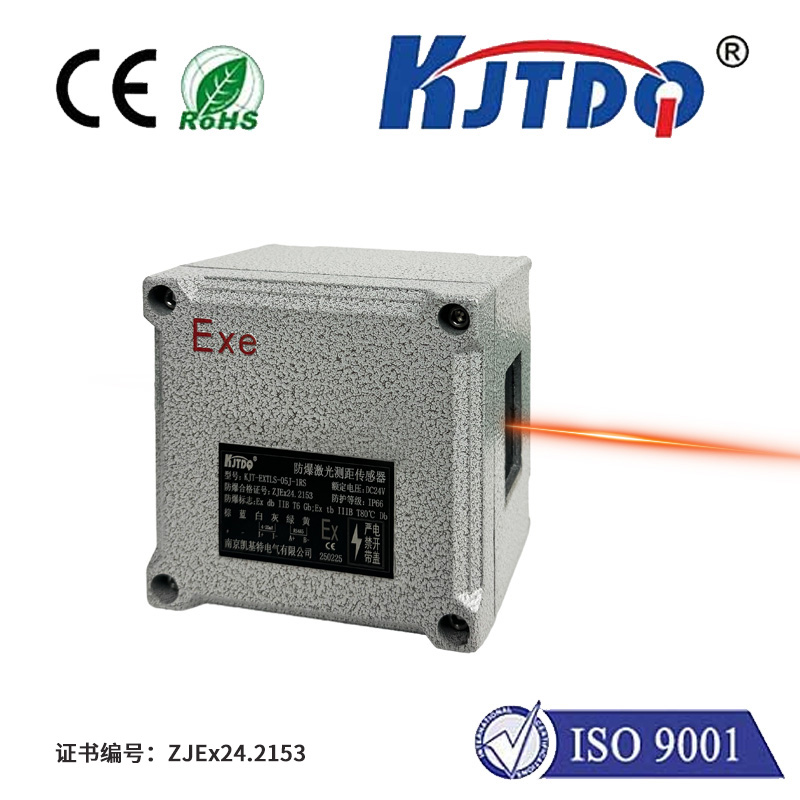micro switch proximity sensors
- time:2025-09-09 05:22:51
- Нажмите:0
Micro Switch Proximity Sensors: Precision Meets Tactile Reliability in Detection
That definitive “click” you hear when a car door closes securely, the reassuring “snap” as an elevator safety gate locks, or the instant stop of a conveyor belt when an object triggers a guard – these everyday moments of interaction often depend on a remarkably versatile and dependable technology: the Micro Switch Proximity Sensor. While pure proximity sensors often dominate discussions about non-contact detection, this hybrid solution, merging the robustness of a mechanical switch with proximity sensing principles, remains an essential workhorse in countless applications demanding tactile confirmation and unwavering reliability.
Understanding the Core Technology
At its heart, a Micro Switch Proximity Sensor functions through physical engagement. Unlike purely inductive, capacitive, or photoelectric sensors that detect objects without contact, these devices utilize a small mechanical switch (the micro switch) activated by movement. This movement is initiated by an external actuator – a lever, roller plunger, or whisker – extending from the sensor body.
- Actuation: The actuator physically touches and reacts to the presence or position of a target object. This interaction requires direct physical contact or minimal separation where the actuator can reliably engage the target.
- The Defining “Snap Action”: The revolutionary mechanism inside a micro switch, invented by Peter McGall in 1932, provides a rapid, positive “snap action”. This means the contacts inside the switch open or close very quickly as the actuator passes a specific point. This instantaneous switching minimizes contact arcing (extending electrical life) and provides a clear, unambiguous signal.
- Electrical Output: The rapid change in the switch contacts provides a discrete ON/OFF signal. This signal is typically robust and unaffected by variations in target material, color, or surface finish – challenges that can plague non-contact sensors.
- Proximity Component: The “proximity” element lies in how close the target needs to be to initiate the actuator’s movement and subsequent switching action. It’s proximity-based actuation with tactile confirmation.
Why Choose Micro Switch Proximity Sensors? Their Enduring Advantages

In an age of sophisticated electronics, why do these electromechanical marvels persist? They offer compelling advantages:
- Tactile Confirmation & Physical Force Detection: They provide undeniable physical feedback. You know when actuation has occurred – you can feel it and often hear it. This is crucial for applications like limit switches, safety interlocks, and position verification where assurance of contact is paramount. They can also detect the force required to move the actuator, useful for tasks like detecting jams.
- Outstanding Reliability in Harsh Environments: Engineered for robust performance, these sensors excel where others falter. They are largely immune to dust, dirt, oil, vibration, moisture (with appropriate enclosures), and electromagnetic interference (EMI). Their contact-based operation doesn’t rely on sensitive electronic fields that environmental contaminants or interference can disrupt.
- Simplicity & Ease of Use: Their operation is straightforward. They provide a simple, robust electrical signal (SPST, SPDT, etc.) that is easily integrated into existing control systems without complex programming or tuning. There’s no need to teach-in targets or adjust sensitivity for material differences.
- High Overload Capacity: The mechanical nature allows them to withstand significant physical impact or over-travel on the actuator without immediate failure, making them ideal for rugged industrial settings or potentially misaligned equipment.
- Cost-Effectiveness: For applications requiring reliable contact-based detection, micro switch sensors are often a highly economical solution compared to more complex non-contact alternatives.
Core Applications: Where Tactile Reliability Reigns Supreme
The unique blend of tactile feedback and rugged dependability makes micro switch proximity sensors indispensable across diverse sectors:
- Промышленная автоматизация: Precise limit switching on machine tools, robotic arms, conveyors, and packaging equipment. Safety gate interlocks (E-Stop circuits), workpiece clamping confirmation, and end-of-travel detection.
- Elevators and Escalators: Safety-critical applications like door position sensors, landing zone detection, and safety edge interlocks rely heavily on their proven reliability for passenger safety.
- Appliance Control: Detection of door/drawer closure (ovens, washing machines, dishwashers, refrigerators), lid position, water level detection (via floats), and selector switch assemblies.
- Automotive: Door lock status, trunk/hatch latch detection, seatbelt buckle sensing, brake light switches, pedal position sensors.
- Medical Devices: Reliable position feedback in hospital beds, imaging equipment movement, and other diagnostic instruments where electrical noise immunity is critical.
- Vending Machines & Kiosks: Coin/bill acceptor mechanisms, door open detection, product selection, and jam detection.
- Building Controls: Damper position detection in HVAC systems, secure locking systems, and access control mechanisms.
Key Selection Criteria: Matching Sensor to Task
Choosing the right micro switch proximity sensor involves several considerations:
- Actuator Type: Lever (standard, roller, offset), plunger (straight or offset), whiffletree, etc. Choose based on the required direction of actuation, force, and space constraints.
- Electrical Rating (Voltage & Current): Ensure the switch contacts can handle the required load (AC/DC, voltage, and particularly current – resistive or inductive) of the circuit. Undersizing causes premature failure.
- Operating Life Expectancy: Micro switches are rated for millions of cycles. High-cycle applications demand high-reliability models. Contact material (e.g., silver alloy vs. gold) significantly influences longevity.
- Electrical Configuration: SPST (NO or NC), SPDT (changeover), DPDT? Select based on control logic needs.
- Environmental Protection (IP Rating): Essential for harsh or washdown environments. IP67 is common, higher ratings are available.
- Mechanical Specifications: Operating force, differential travel (the gap between actuation and reset points), overtravel allowance, and housing material (plastic, metal).
- Mounting Style: Diverse options (threaded bushings, clamps, snap-in, surface mount) ensure compatibility with machine designs. Stability is key for precision.
The Unwavering Guardian in a Contact-Driven World
While purely non-contact proximity sensors offer unique benefits for detecting objects without physical engagement, Micro Switch Proximity Sensors remain the definitive solution where physical confirmation, force detection, or operation in electromagnetically noisy or contaminated environments is non-negotiable. Their intrinsic simplicity, robustness, and tactile reliability have cemented their role as fundamental components in countless mechanical and electrical systems. When absolute assurance of positional contact, endurance against harsh conditions, or sheer value matters most, the distinct “click” of the micro switch proximity sensor continues to deliver unparalleled performance. They prove that sometimes, the most reliable detection is the one you can feel.

